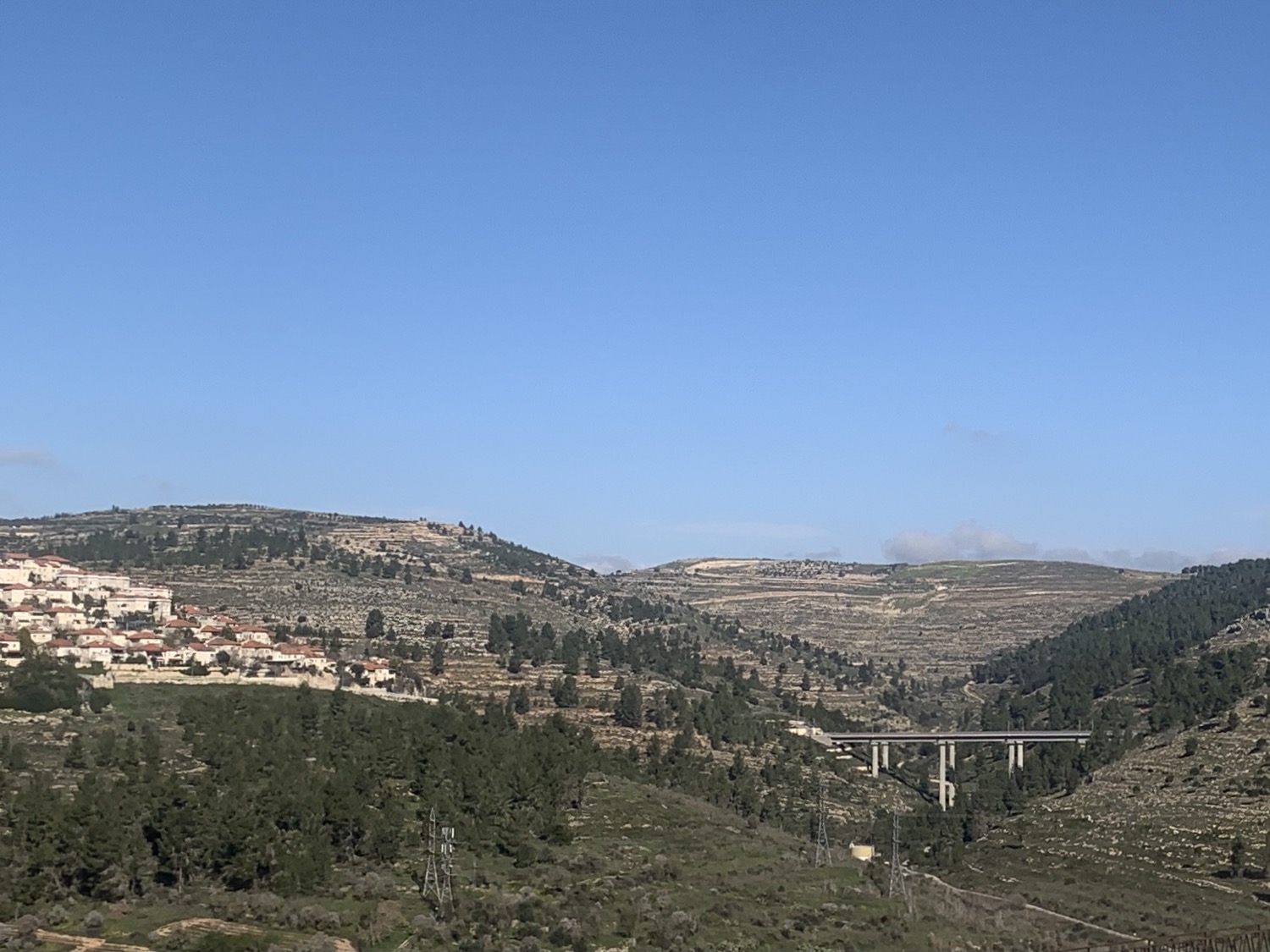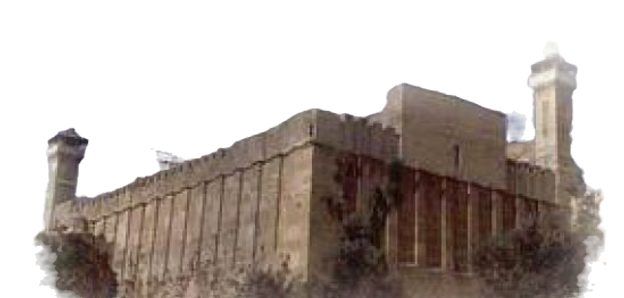Entrance of priests to the Machpela cave
- צבי הורביץ

- May 31, 2023
- 4 min read
A. Apart from the fear of impurity due to the ancestors, there are fears of impurity due to bones found under the structure on the cave, and rumors of additional graves under the nearby Jauliya Mosque.
B. But it seems that the bones that were found should not be felt, because there is doubt as to whether there is a proportion of them that could be the impurity of a tent (300 cc) without the addition of the bones lying in the dirt, and there is doubt as to whether the bones lying in the dirt are added, and above all there is doubt of impurity in the public domain.
third. Another reason to make it easier is that the bones were found in a cave carved into the ground above which there is a floor of a building, and we pray only on another floor above this building, that there is no opening between it and the lower floor (except for an opening that is opened very rarely), so that in fact there is another space above the cave, and since it is possible that the opening Between the cave and the floor above it is blocked with stones, there is no impurity, because in a hewn cave, the law of burial applies only to the blocking stone, and the space above it is partitioned.
d. The space is a barrier even if they had completely sealed the opening, since most of the former believe that there is no harm in this, and they actually allowed priests to enter Rachel's tomb because they made a space above the tomb, even though the space is sealed.
God. Another reason for making it easier is that even if the opening between the cave and the floor above it is open, there is no closed tomb here, but an open tomb above which there is a space that separates from impurity, because the cave and the room above it are two different places, and are not considered one room even if the mouth of the cave is open.
and. One should also not feel impurity because of the ancestors because there is a dispute among the former if the ancestors defile the tent because they were before the giving of the Torah, and the opinion of the strict ones seems more narrow, and we have already said that the main point of the law is doubt in the majority's pure opinion.
G. Another reason for making it easier is that the first ones who made it worse rely on what is narrated in the Gemara that Rabbi Baneh, who was involved in marking graves, went in to measure the dimensions of the cave, and they understand that he marked it because the ancestors defile. But according to the facts known to us today, it seems that it should not be interpreted that Rabbi Baneh indicated the dimensions of the cave on the upper floor, because the structure above the cave existed at the time of Rabbi Beneh, and everyone who ruled the place since Rabbi Beneh (Christians and Muslims) considered the exact location of the graves of the ancestors very important , and yet the exact place of burial is not known, therefore it does not appear that R. Bena indicated the dimensions of the cave without any trace of his actions remaining.
H. Even if it is said that in truth the story about the measurement of the cave is not as simple as it is, but it is interpreted that in any case R. Bena indicated the entrance to the lower floor of the building, it turns out that in any case the upper floor is not impure because there is a space that is partitioned.
ninth. It is also proven to be easier than the fact that the place is and was used as a synagogue, and they were not afraid of the prohibition to pray at D'Emot near the grave even though everything built on a grave is considered a grave.
J. Do not be suspicious of rumors about additional Jewish graves under the Jaolia Mosque because this is apparently a distortion of the words of the Sages about the tomb of Yehuda near the cave, and it is not clear that Yehuda is defiled because it was before the giving of the Torah. Furthermore, it is clear that in order to build the mosque it was necessary to carve out the rock beneath it, and it turns out that If there were graves there, they were moved.
11 Another point that should not be felt about these rumors is that they originate from the rumors of Gentiles and not from eyewitness testimony, and such testimony has no halachic validity.
12. In fact, it seems that there is no concern about the entry of the priests into the structure of the Cave of the Patriarchs. And since this structure is not considered a grave, it is also permissible to pray and study in it, and there are no blessings for seeing it as they bless for seeing graves.
(From "The Entrance of Priests to the Cave of the Patriarchs" Institute for the Rabbis of the Settlements of Kiryat Arba - Hebron)





